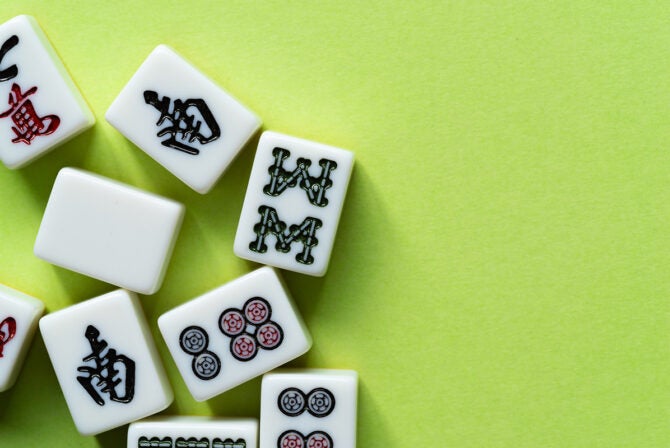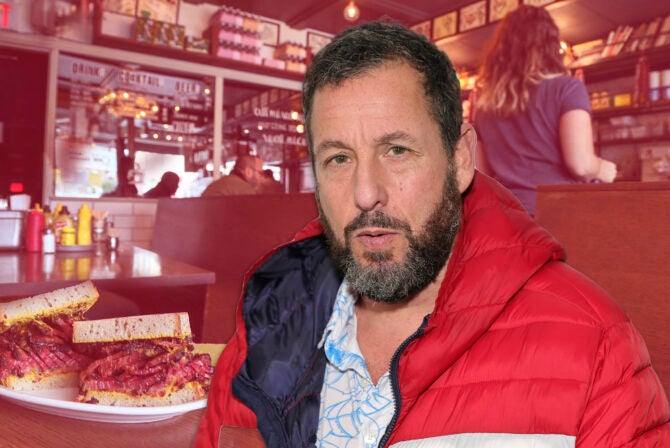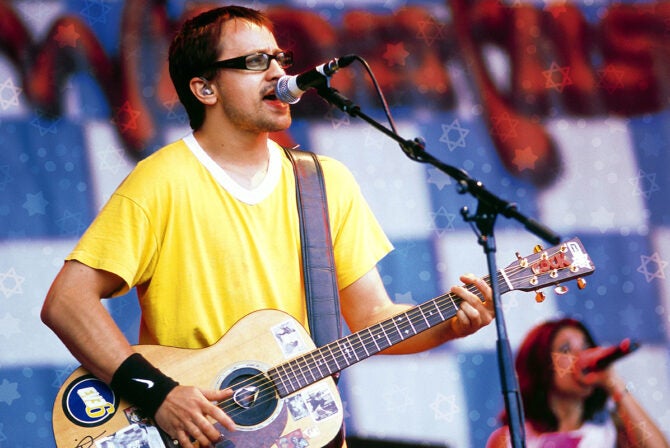Cancer runs in my family. About nine years ago, when my aunt was suffering from ovarian cancer, after having battled breast cancer, doctors identified a mutation in her BRCA1 gene. Sure enough, this mutation is associated with increased risks of breast and ovarian cancer. My father tested himself and found that his DNA had the same mutation. This genetic mutation is either inherited from a parent or, with equal chances, is not.
I decided to get tested, and I learned that I, too, have a BRCA1 mutation known as 185delAG. This mutation, a missing piece in the 185th position of a very long strand of DNA, has been a part of my cells from the very start. News but not new; the newness was in knowing about it. This mutation is what is known as a “founder mutation,” which means that it’s thought to have originated from a single individual. Because this mutation has been found among Sephardic Jews as well as Ashkenazic Jews, some estimate that the mutation predates the dispersion of Jews after the destruction of the second temple in 70 CE.
Having this mutation means an increased risk of breast and ovarian cancer. We take risks every time we leave our homes. What’s a little more risk? But an 80 to 90 percent chance of developing breast cancer doesn’t sound as much like a risk as it does like a near-sure thing. Making matters worse, treatments that are effective for breast cancer typically don’t work on the cancers that are common in women with this mutation. As if the breast cancer rates aren’t enough, women with this BRCA1 mutation have about a 50 percent chance of developing ovarian cancer. Ovarian cancer is difficult to detect until after it has spread and, therefore, usually lethal.
I could hope for the cancerous cells to never grow, watch for them very carefully, with the aim to catch any cancer quickly and then treat it. Sounds stressful, but perhaps doable. But there is a catch. Most of this surveillance isn’t possible while you are pregnant, or while breastfeeding. At age 36, my fertility clock was already in alarm mode, now complicated by an array of percentages related to cancer and to survival.
World-class specialists looked me squarely in the eye and told me that I should have a bilateral mastectomy, finish any childbearing, and then remove my ovaries, all by age 40. In my work as a university professor, I had five years to develop a case to convince the university to grant me tenure. The four-year timeline for this project, tenure of life, was tighter now, and stakes were much higher. Can you imagine doctors telling you that your best option is to quickly and preemptively cut off parts of your healthy body? Some friends expressed disbelief that I would even consider it.
In that first year, during regular visits to the cancer hospital, I sat in the beautifully appointed waiting rooms and faced women who were visibly ill with cancer. Yet I was an imposter, a patient in a cancer center without cancer. I felt lucky to have choices, choices that eluded these women.
And so, before my 37th birthday, I underwent a bilateral mastectomy. I don’t know if it was brave, cowardly or just outrageous. I didn’t know then and I still don’t know now, how to tell people casually about this decision, the experience, the physical pain and recovery, and the trauma of losing body parts. A male colleague who knew about my surgery handed me a gift box when I returned to work. I was horrified to discover chocolate lollipops in the shape of breasts. He had missed the point. This isn’t about breasts. It’s about life and about navigating difficult choices. I’ve heard of women holding “boob voyage” parties prior to a mastectomy, and I respect any way to gather community and support and mark this significant event. But guys, here’s a hint: Make sure you’re actually invited to the party before you break out the chocolate boob lollipops.
I was blessed to give birth to a son at age 38 and another at age 40. Then, I had my ovaries and fallopian tubes removed, and I remain cancer-free. Hormone replacement therapy has helped with the hot flashes and sleeplessness that radical menopause brings, but has not shielded me from the cognitive decline. I’m not comfortable with my body the way I used to be. I silently suffered through lectures about the long-term health benefits of breastfeeding by people who noticed me bottle-feeding my sons. I struggle with my short-term memory, as if I were 20 years older. I have invited osteoporosis and increased risks of heart disease. Cancer could still grow in my epithelial cells or in breast cells that were left behind, or somewhere else in my body. I continue to be screened at the cancer center, though much less often than before.
I took painful measures, with drastic consequences and difficult tradeoffs, but was there really a choice? Maybe I chose life, or maybe I just chose NOT cancer. Either way, I am thankful for my wise doctors and grateful for their care.
Until now, I have been slow to share my story because of an interest in guarding my family’s privacy. Yet, as genetic research identifies more mutations that lead to specific diseases, and as more people undergo genetic testing, many more will face this or similar complex webs of decisions. This invisible situation, in which prophylactic surgeries are recommended and undertaken as the best response to genetic mutations without any illness, is a new frontier. And so I choose to share my story to be a pioneer on that frontier, and to offer my example to others as they navigate their own difficult decisions.
Like this post? Get the best of Kveller delivered straight to your inbox.







